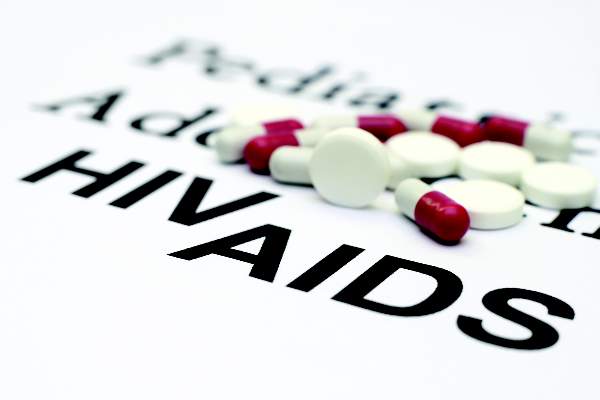A great volume of HIV and AIDS research enters the medical literature every month. It can be challenging to monitor everything, so here’s a quick look at some notable news items and journal articles published in recent weeks.
Efforts to increase viral suppression among individuals who inject drugs should focus on increasing antiretroviral therapy initiation and improving adherence to therapy, according to a study in the journal AIDS.
Canadian investigators developed a flexible framework that characterized patient transitions among states of HIV clinical care and demonstrated that multistate models provide a useful approach to supplement “cascade of care” work.
Researchers found that, in the setting of HIV infection, the presence of detectable cardiac troponin was strongly associated with coronary plaque , particularly calcified plaque among an asymptomatic group.
A cohort study found that overall risk of cardiovascular events in HIV-positive patients was twice as high as CVE risk in general population. The authors also found a relative risk for CVE type-1 higher in HIV-positive females, and a higher CVE type-2 risk in male patients.
An Australian study found that HIV-infected people less likely to be using antiretroviral therapy were younger and had a more recent diagnosis of HIV.
A study in AIDS Care underscored the importance of developing culturally appropriate social norm-based HIV interventions among people living with HIV/AIDS (PLWHA) in China, as such interventions have the potential to reduce risk behaviors and to promote condom use among PLWHA.
The frequency of mitochondrial DNA variants (mutations and large-scale deletions) was higher in HIV-infected treatment-experienced patients with or without antiretroviral therapy–induced toxicity than in uninfected controls, according to a study in HIV Medicine.
Immediate antiretroviral therapy was associated with lower mortality and better growth for up to 5 years in children under age 10 years, according to research published in the International Journal of Epidemiology.
A genome-wide association study (GWAS) of liver fibrosis progression in patients coinfected with HCV and HIV identified a new locus associated with fibrosis severity on chromosome 3p25. The authors said the results may help define new targets for drug development or new prognostic tests.
Symptomatic HIV-associated neurocognitive disorders (HAND) warranting neurologic review were highly predicted by a 20-minute, computerized CogState-based screening procedure , according to a study in Clinical Infectious Diseases.
A study undertaken by Nigerian researchers found that the association of the HIV p24 core antigen with blood donation was highly significant and poses a great risk to recipients if screening of blood donor is carried out only by HIV antibody detection.
Fourth-generation immunoassays were the most sensitive at detecting acute HIV infection in patients prior to antiretroviral therapy, according to a recent study, although third-generation immunoassays were the most sensitive during treatment.
Twenty-four weeks of 10-mg daily rosuvastatin decreased coenzyme Q10 concentration and increased CoQ10/LDL ratio in HIV-infected patients on antiretroviral therapy, according to a study in HIV Clinical Trials.
Depression, a higher illness perception score, failure to achieve virologic suppression by week 12, and less-than-perfect adherence could be used to target early interventions in treatment-experienced, high-risk HIV-infected individuals.
High viral suppression rate can hide large gaps between time of HIV infection and time of viral suppression, according to a study in JAIDS. The authors said estimates of the flow-time in between steps of the care continuum should become priority indicators to identify these gaps and monitor whether interventions are successful in closing them.
Researchers at Boston University assessed patient reasons for refusal of HIV testing in the emergency department of a safety net hospital, and found that key themes included the importance of privacy and a respectful approach, ED atmosphere and environment discouraged testing acceptance, the importance of HIV counseling, and the desire to see an medical doctor before testing staff.
Italian researchers found that the use of darunavir/ritonavir (DRV/r), with its flexible dosage in clinical practice, resulted in high rates of virologic response in HIV-infected patients.
With data from the National HIV Surveillance System, CDC investigators found that two-thirds of persons in HIV care had durable viral suppression during 2012-2013, while one-third had high cumulative viral load burden and spent substantial time above viral load levels with increased risk of onward transmission.
On Twitter @richpizzi





